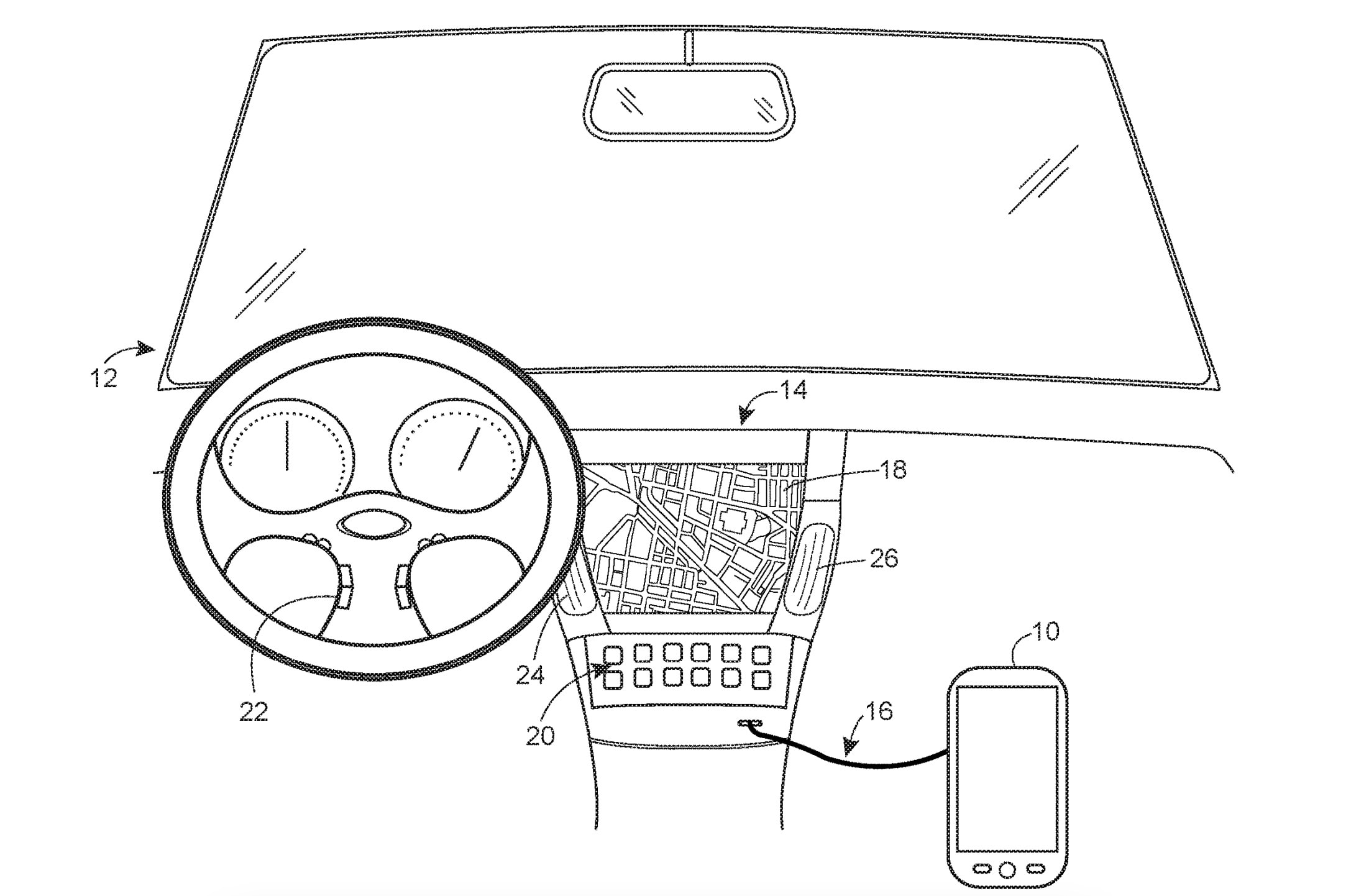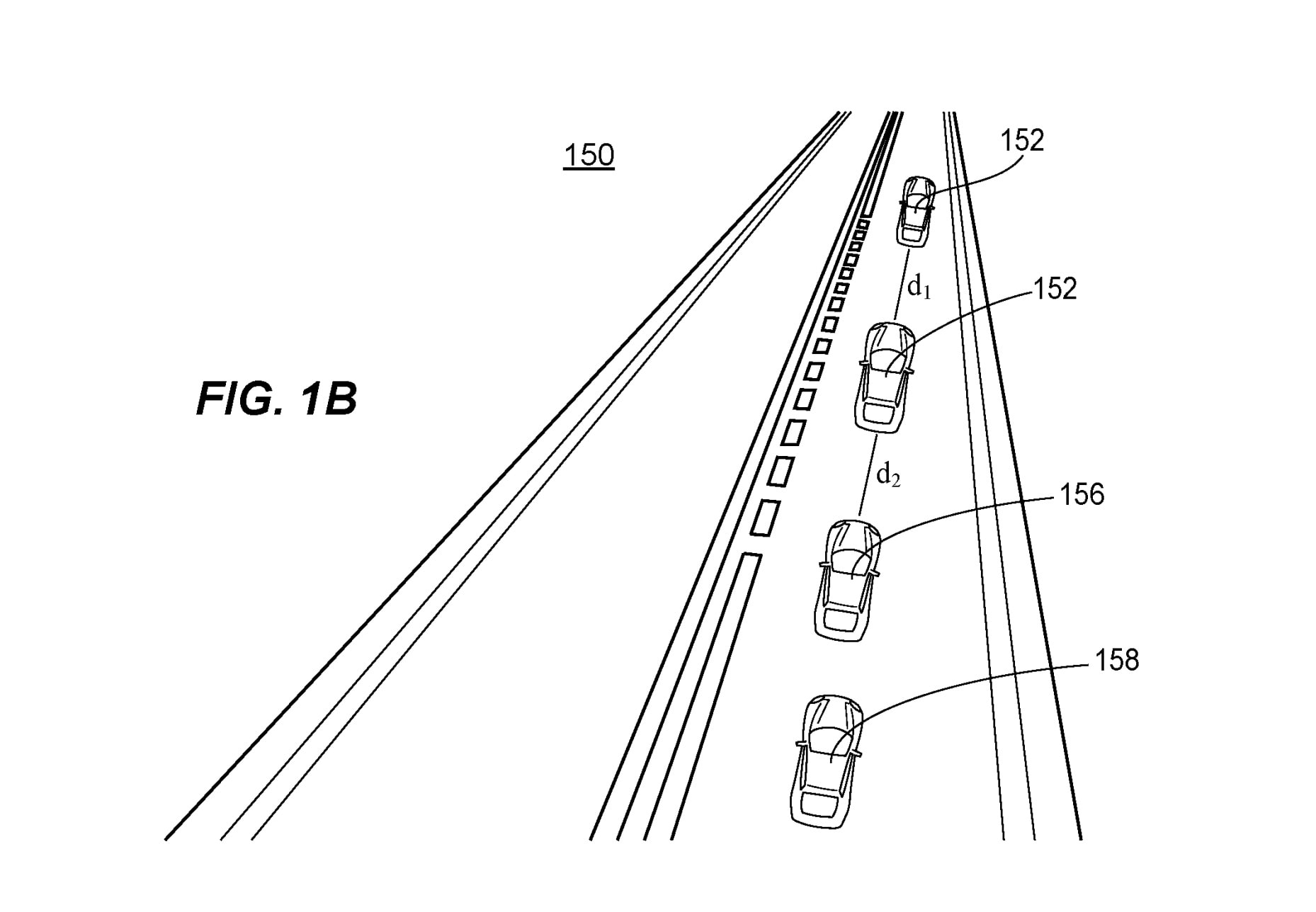Phantom traffic jams are a frustrating reality on highways, where minor disruptions can trigger major delays. Unlike traditional traffic jams caused by accidents or roadworks, phantom jams arise from a single vehicle’s slight slowdown, setting off a chain reaction of braking among the following vehicles.
Google has proposed a solution to mitigate phantom traffic jams using its navigation platform, Google Maps. By providing real-time speed suggestions to drivers, Google aims to maintain consistent traffic flow and prevent unnecessary braking.
While the effectiveness of such a system relies on widespread adoption, it represents a step towards alleviating congestion on busy roadways.

While the concept holds promise, its implementation faces challenges, particularly with human drivers. However, in the realm of autonomous vehicles, such a system could prove more viable, as self-driving cars could seamlessly adjust their speed to maintain optimal traffic flow.
Google’s efforts to tackle phantom traffic jams through technology demonstrate a commitment to improving road safety and efficiency, offering hope for smoother journeys on congested highways.

